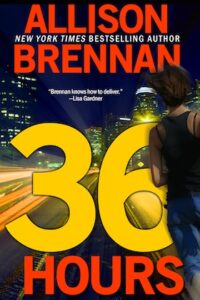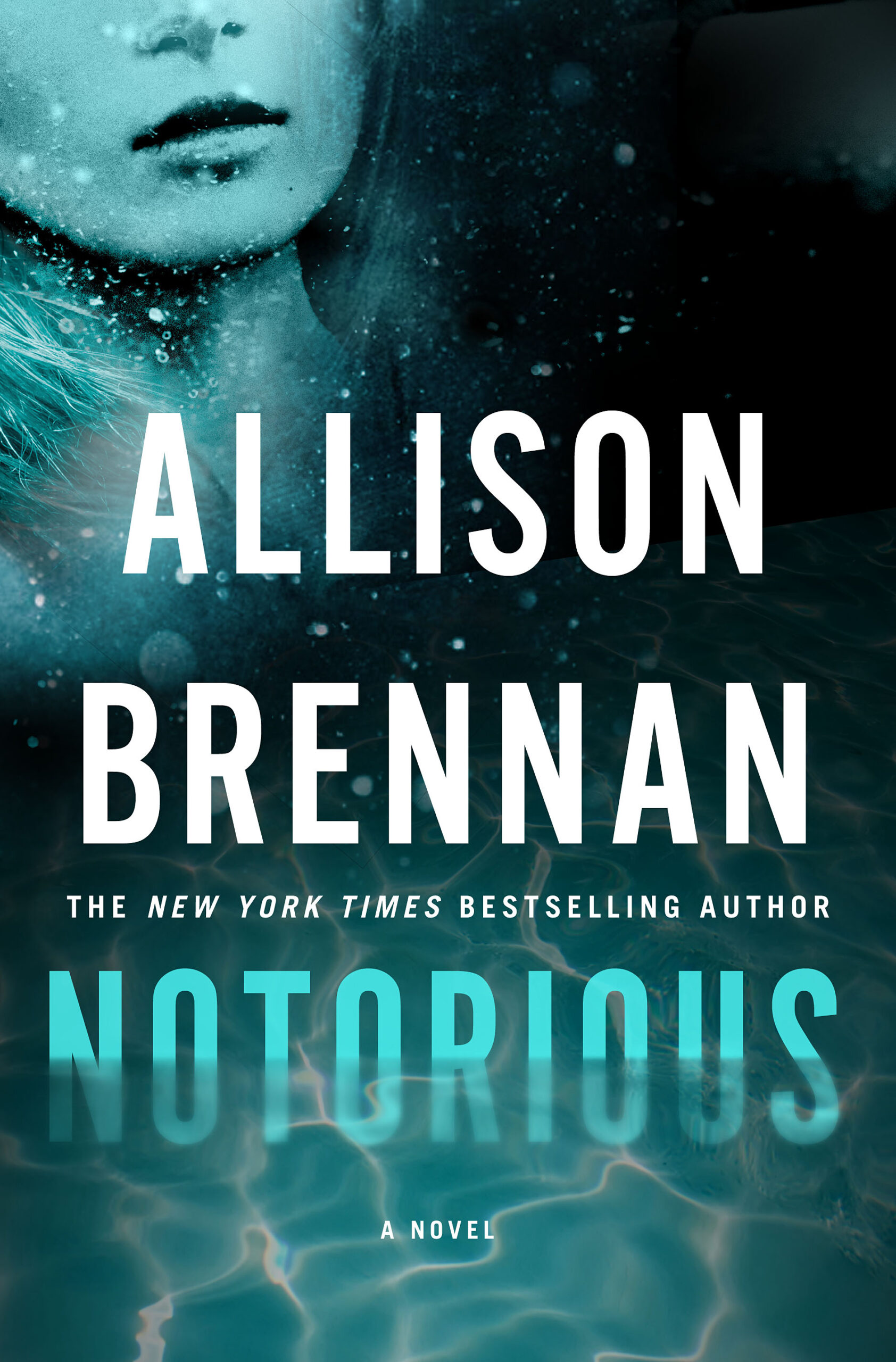One of my writing loops, which has both aspiring and published authors, had a recent thread about editing. Some of the writers had lamented that words and sentences had been added by their editor and they were appalled. I suppose I would be, too, if there was no reason for the change. One of the common themes I’ve heard from those who plan to self-publish is that they don’t want an editor to mess with their book.
To me, a good editor doesn’t mess with the story. They make the story as strong as it can be. I’m working on my 23rd book right now. I wrote it. My editor sent me five pages of notes. Already, as I’m revision, I see that her notes are right on–she identified the weak parts in the story and I’m fixing them. She’s not telling me specifically what to do, but showing me where I went wrong, or areas that are good, but could be better.
I’ve heard horror stories from published authors where they battled with their editor repeatedly. I’ve heard about authors who had an editor line edit a book to death, to the point that it didn’t sound like the author. I’ve heard about authors who have been given directives–not suggestions–and, in fact, I had one such directive in one of my Random House books which, to this day, I regret and resent. The directive did not make the book stronger, it was a marketing decision that resulted in the only book of mine to never hit the New York Times list.
I’ve been blessed to have two amazing editors who have each made me a better writer, so I think sometimes, when I come across threads about editing and editors, I tend to cringe. While I understand that no writer wants someone to mess with their story, I also know that sometimes, writer’s aren’t the best judge of their own work.
Writers are the best judge of their story, but sometimes we don’t see the whole picture. We can be too critical — or not critical enough. We can see things on the page that aren’t there, or (like me!) repeat them too often because we think the story isn’t clear enough. A good editor will take your story and your characters and show you ways to make YOUR story stronger and YOUR characters shine.
No one should publish a book without a good editor. The book with your name on it is the single best marketing plan to gain readers. Meaning, write a good book and then write another and those who like your first will buy your second. There are no shortcuts. There are some writers who turn in cleaner manuscripts than me, but they still need an editor. An editor is not the same as a proofreader.
It helps to understand the different levels of the process.
Idea
The author comes up with an idea and writes a story. Most stories, particularly in fiction, fit into a defined genre or sub-genre, like romance or romantic suspense or urban fantasy or mystery. There can be a blend of genre or a hybrid genre, but most generally fit somewhere. I love it when I get an idea and it just flows.
Rough Draft
This is the first draft of the story. Some writers have an outline, some don’t. Some edit as they go so their rough draft is their final draft (or close to it!) and some write a fast sloppy copy then go back and edit. There is no right way.
Final Draft
This is the draft that goes to the editor. A writer may turn in the first, third, or tenth draft as their final. It’s different for everyone. I generally send in my second draft. It’s not perfect, I know there are problems, but it’s at the point where I need editorial input before I can fix them because I don’t see all the problems.
Revisions
The editor will read (often two or three times) the manuscript and make story notes. These aren’t (usually) line edits. For example, in the notes for DEAD HEAT, my editor wrote, “I’m worried that it’s a bit too obvious that XXXXX is the leak.” She is right. It’s something I need to address on multiple pages. Another note: “There are also questions about exactly when Jaime learns something about Lucy, and about her information. Make sure it’s possible for him to know what he knows, when he knows it.” That was a timeline problem–and I definitely need to fix it!
I will touch every page during the revision process, and sometimes make huge cuts and additions because I see more possibilities and/or problems. Revisions are one of my favorite parts of writing. A good editor will see the problems, even if they don’t know exactly how to fix it.
Line Edit
Often, the editor will take the revised manuscript and line edit it before sending to copyediting. Sometimes the line edits will go back to the authors, sometimes they won’t. Line edits can be light or heavy. I’ve had light and I’ve had heavy. I’ve learned a lot from reading my editor’s line edits, and there are far fewer now than in my earlier books. This is the process I think a lot of people complain about, when a bad editor can change things into her voice or twist the story too much. But I have never had that problem.
Copy Edit
The line edited manuscript goes to the copyeditor who will mark it up with pencil. Much of this is to conform to house style — formatting, how numbers are to be written, etc. She will also go through and make sure the timeline is accurate, catch details like changing eye colors, and query the author on points of fact. I’ve had some fantastic copyeditors and some not-so-great copyeditors. But I always get to see the marked up manuscript, and I can STET any changes–meaning, if the copyeditor changes something I don’t want changed, I win. However, often I’ve found that the copyeditor changed something in a way I wouldn’t — but I can see why she was confused. I’ll rewrite the entire sentence or paragraph in my own words, addressing their unspoken problems.
Page Proofs
All the changes made on the copy edits — the line edits, copy edits, and my additional edits — go to the production manager who makes all the changes on the master copy, then creates a “proof” or first pass pages which is how the book will be printed. This is where the author gets one final read through to make sure that 1) all the changes were incorporated properly; 2) there were no mistakes during this stage; 3) tweak things that need tweaking. For me, it’s usually repetitive words or cleaning up some description. We’re not supposed to make major changes at this point. The publisher also hires a professional proofreader who goes through the book at this stage.
Printing
Once all the changes are incorporated and the proofs are clean, the book is printed!
 Mistakes happen, unfortunately. They’re not caught, or they’re accidentally made in the production stage. For 36 Hours, my novella, I wrote it, it was edited by the anthology editor, I made revisions, it went to a copy editor and she caught more, I fixed everything, then even in the proof stage there were errors that I caught! And, when I read it again to digitally publishing by itself, I could three small errors. Argh! But it certainly wasn’t for lack of attention!
Mistakes happen, unfortunately. They’re not caught, or they’re accidentally made in the production stage. For 36 Hours, my novella, I wrote it, it was edited by the anthology editor, I made revisions, it went to a copy editor and she caught more, I fixed everything, then even in the proof stage there were errors that I caught! And, when I read it again to digitally publishing by itself, I could three small errors. Argh! But it certainly wasn’t for lack of attention!
None of these stages should be skipped–especially the story editor. I don’t know why so many aspiring authors think that editors mess with stories. That hasn’t been my experience. I think there are just as many good editors as bad–in fact, more good editors than bad. I know that I’m a better writer today because of the editors I’ve had. In fact, I told my agent when I first signed with him three years ago that the only thing I wanted from an editor was editing–a real editor, not someone who would rubber-stamp my books.
If you’re thinking of self-publishing, remember that this is your business. A good story editor is worth her weight in gold. Shop around, find the best one for you. It’ll be worth it. Editing is not part of the process to skip!
I self-published my novella 36 Hours this week! It’s the story of a street-smart teenager on the run from a violent gang and the cops, and her father–a bounty hunter she’s never met. It’s only 99 cents until the end of the year and available for Kindle, Nook, Apple, and Kobo. This edition of 36 Hours includes an exclusive excerpt of NOTORIOUS.
 ALSO, my publisher is giving away 45 copies of NOTORIOUS over at GoodReads–the first book in my new Maxine Revere series. I am so, so, so excited about this book, which will be out March 25. The giveaway ends on January 2, so if you’re a GoodReads member, head over and enter to win a copy!
ALSO, my publisher is giving away 45 copies of NOTORIOUS over at GoodReads–the first book in my new Maxine Revere series. I am so, so, so excited about this book, which will be out March 25. The giveaway ends on January 2, so if you’re a GoodReads member, head over and enter to win a copy!
Merry Christmas, Happy New Year, and Happy Reading!
